The best in food and fashion flowed into Shingu during the 20th century, contributing greatly to the cultural and economic development of the Kumano region. The streets are filled with shops, so much so that Shingu is said to be a shopping destination in the region. Co-existing harmoniously with these shops and restaurants are the many World Heritage Sites, starting with Hayatama Taisha Grand Shrine. If you take a walk through the city, you can enjoy its mixture of retro elements from the past century and its ancient heritage!
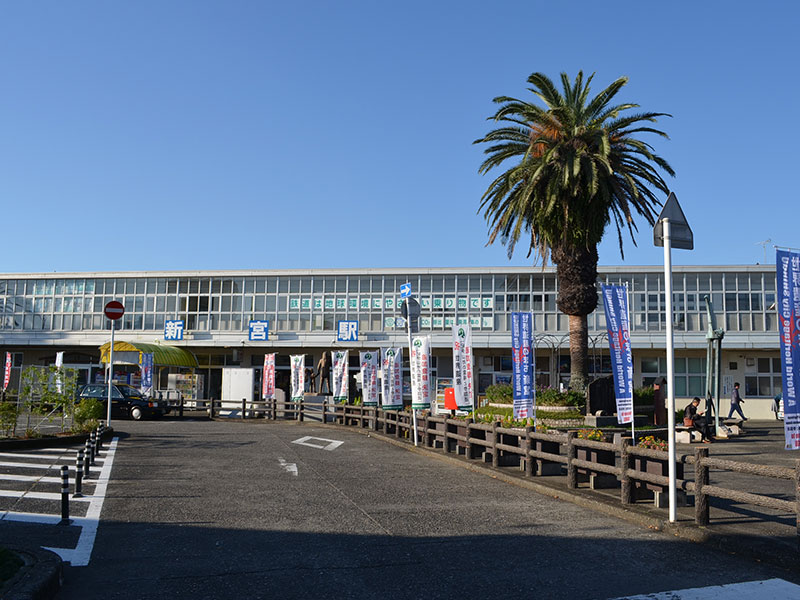
Located in the center of the city, it really is convenient for going anywhere, including World Heritage sites and shopping streets. It’s the perfect starting point for a stroll around Shingu City.
You can also find our Tourism Association just across the road!
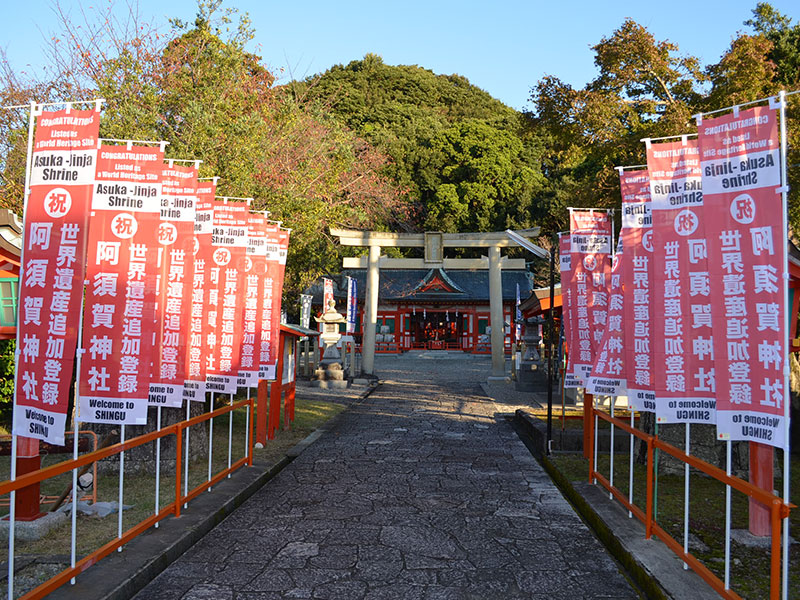
Part of the World Heritage site in Shingu City, Asuka-Jinja Shrine was additionally registered as a Heritage site in 2016. It is said that the gods of Kumano were divided and enshrined separately for the first time here, and that the shrine has deep ties to the Qin Dynasty scholar named Jofuku. You can find a small shrine dedicated to him on the very right-hand side of the grounds, and a stone monument to his arrival place along the river behind the shrine.
To the left side is the Folk and Ethnic History Museum, which showcases artifacts and relics from Shingu's religious and lumber history.
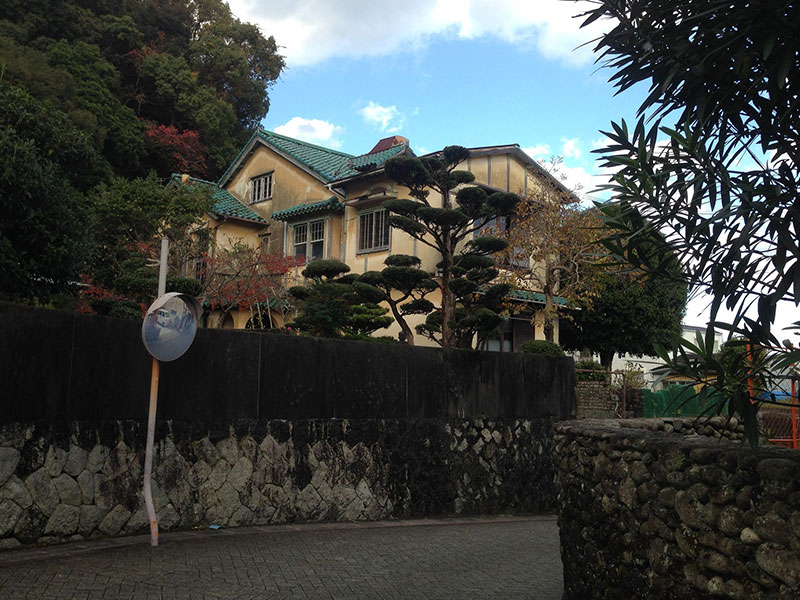
Walking through the city, you will come across many elegant older buildings reflecting Shingu's history. The paved roads and stone walls come together to create a stylish cityscape.
Pictured: Former Chapman House
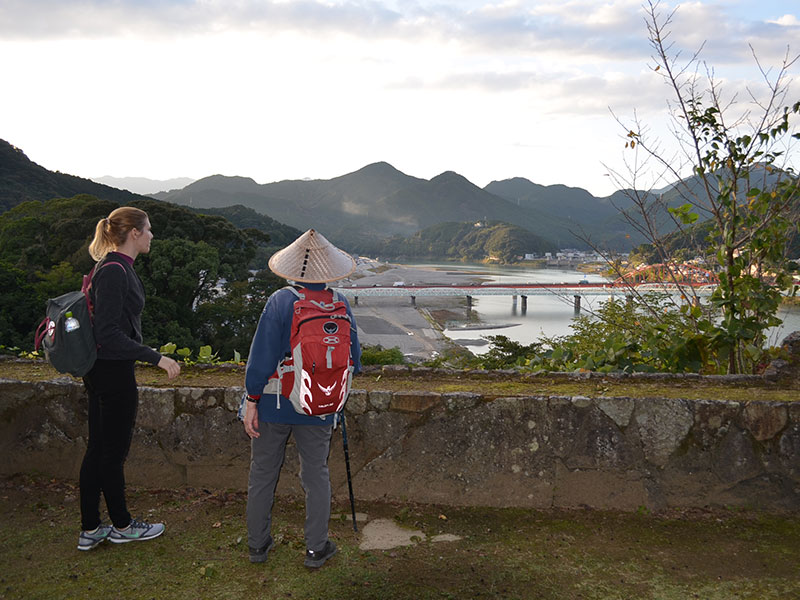
Shingu became the central city of culture and economy in the Kumano region because of the Mizuno family's castle. This castle was demolished under the Meiji Restoration order in the late 1800s, but was never reconstructed.
Even though only the stone wall foundations remain, they still tell a lot about Shingu's history. From the castle ruins, you have a fantastic view of the city and the Kumano-gawa River, and there are plenty of spots to rest your legs and enjoy the view.
Pictured: Shingu Castle Ruins
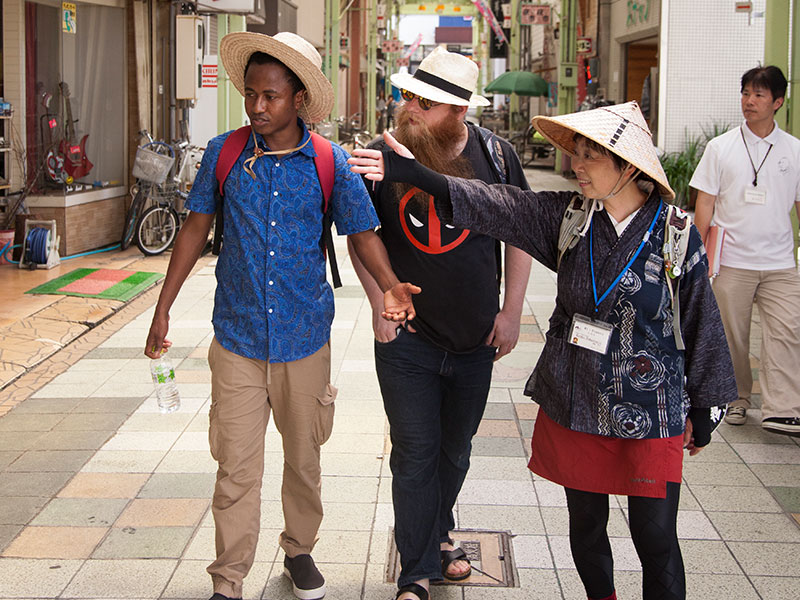
There are many shopping streets with a vintage atmosphere, like the Nakanocho or Tankaku Shopping Streets. Please feel free to explore around at the stores and restaurants when you're sightseeing in Shingu.
You can find stores that specialize in hats, leather goods, gorgeous umbrellas and even stylish cafes!
Pictured: Nakanocho Shopping Street
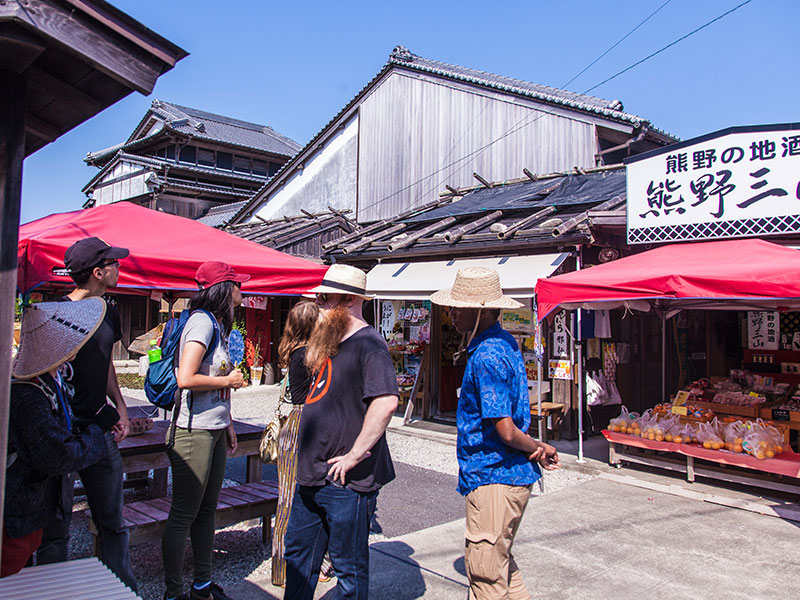
"Kawaraya" refers to the small stores that lined the riverbed of the Kumano-gawa River, of which could be taken down and rebuilt quickly when the river flooded. These were mainly seen from early Edo period to the Showa era, and have been recreated today on a smaller scale near the river-facing side of Kumano Hayatama Taisha Grand Shrine.
You can check out food and souvenir shops at this modest alleyway.
Pictured: Kawaraya Yokocho Alley
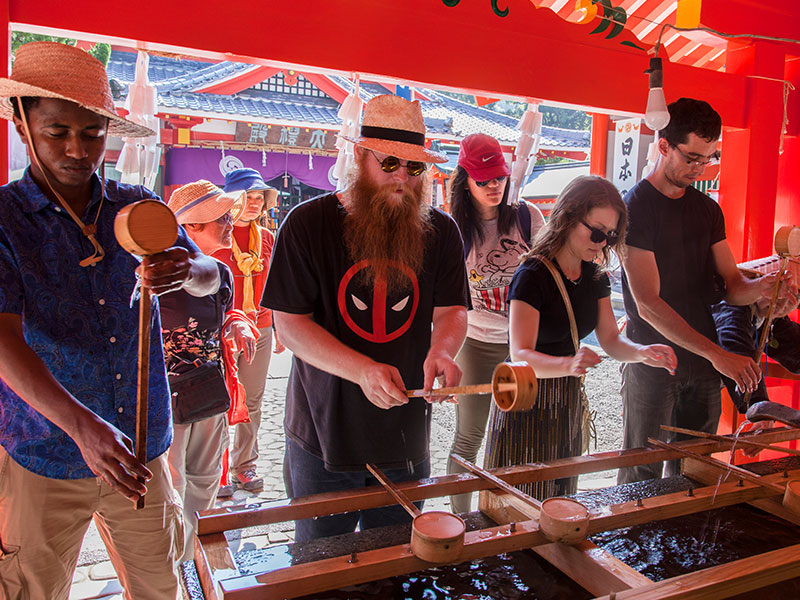
The most popular and must-see spot to visit in Shingu. Part of the Kumano Kodo's Kumano Sanzan, Kumano Hayatama Taisha Grand Shrine has a couple as its main deity, and thus is popular amongst those seeking a long-lasting and healthy marriage.
There is also a memorial hall dedicated to the novelist and poet Sato Haruo, on the outskirts of the shrine grounds.
Pictured: Kumano Hayatama Taisha Grand Shrine
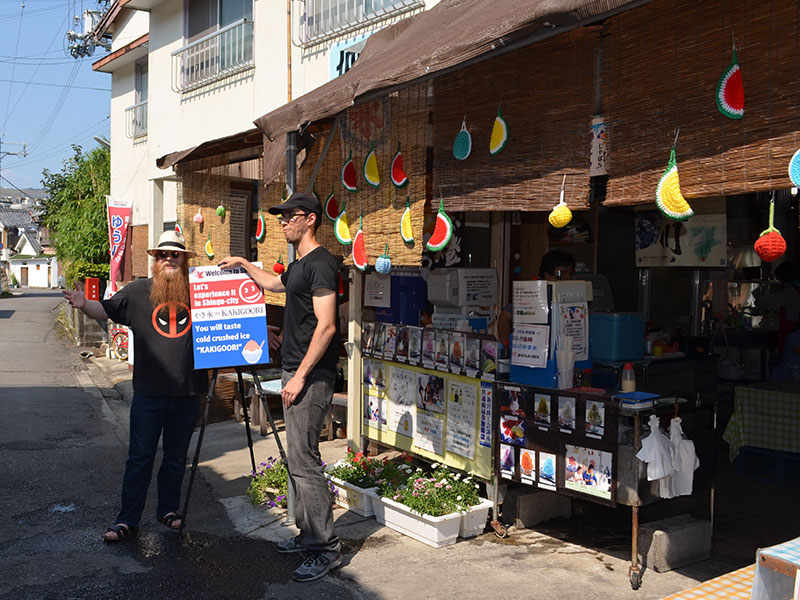
On the way between Kumano Hayatama Taisha Grand Shrine going to Kamikura-Jinja Shrine, is a very popular shaved ice shop amongst locals and visitors to the area. They use Kozagawa River water that has been naturally frozen over a 72-hour period, to create a shaved ice texture that is completely different to any shaved ice you've had before. They have a large selection of flavours to choose from and is great for when the weather warms up!
Pictured: Nakakori-ten
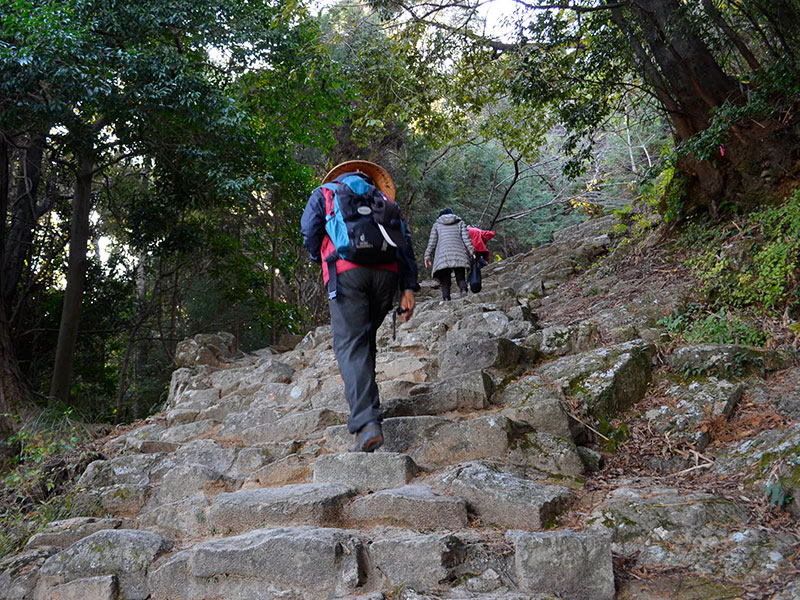
There's a legend that the gods of Kumano first descended to Earth at Kamikura-Jinja Shrine, landing upon Gotobiki-iwa Rock. The rock is seen as a place that can energize you, which may be especially appreciated after climbing the startlingly steep 538 steps to the shrine's main hall.
Every 6th February, the Oto Matsuri Festival is held at this shrine - torch-holding men come rushing down the mountain steps, and the river of fire it becomes is a true spectacle to see.
Pictured: Kamikura-jinja stone steps
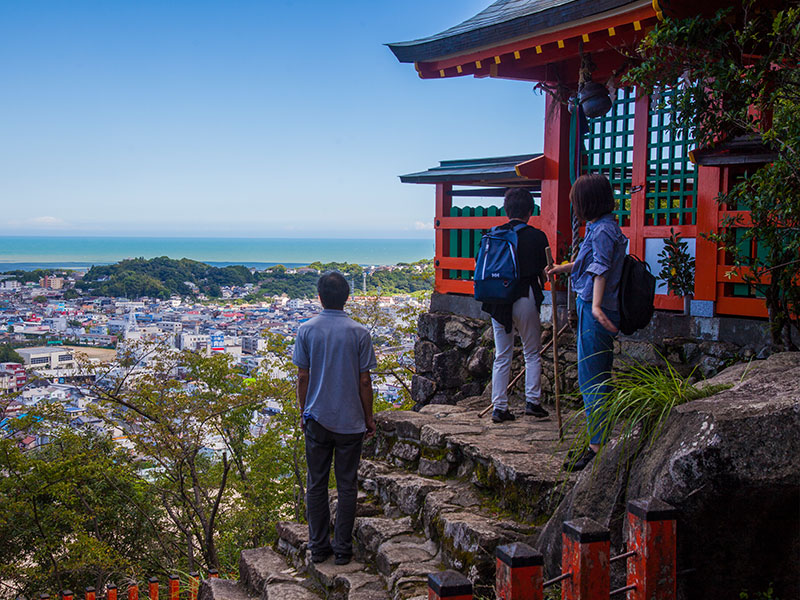
The 538 stone steps that lead to Kamikura-Jinja Shrine might tire you out a little, however the mysterious Gotobiki-iwa Rock and the absolutely magnificent view from the mountain are worth the trip up and back down!
The stone steps are steep, so please take care on your way down!